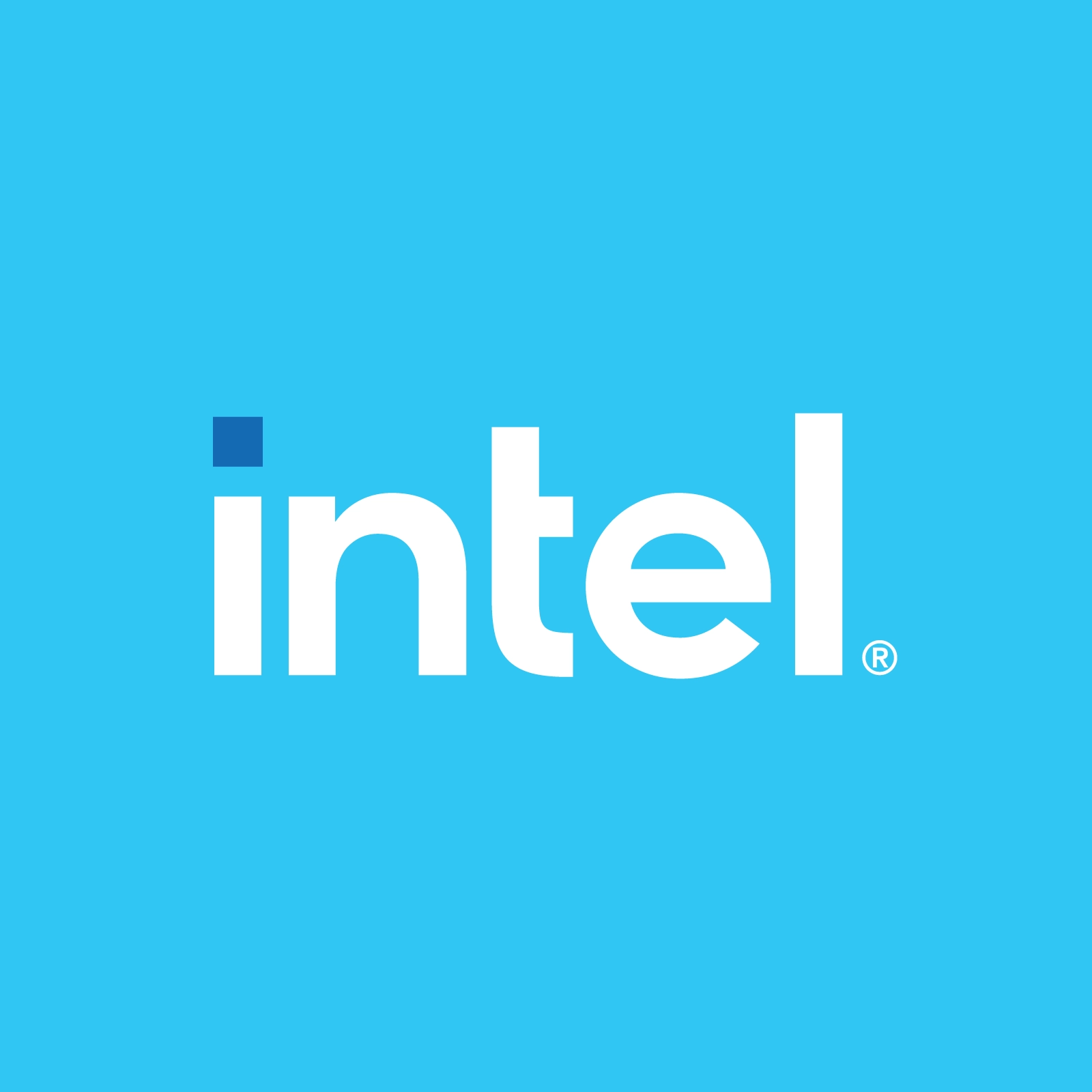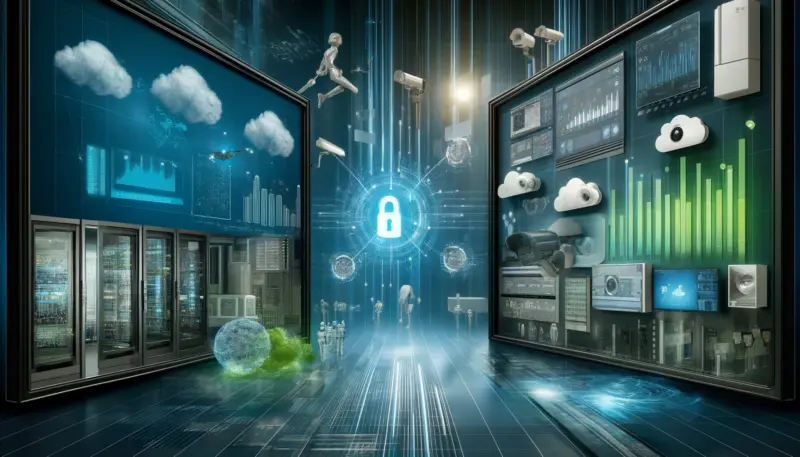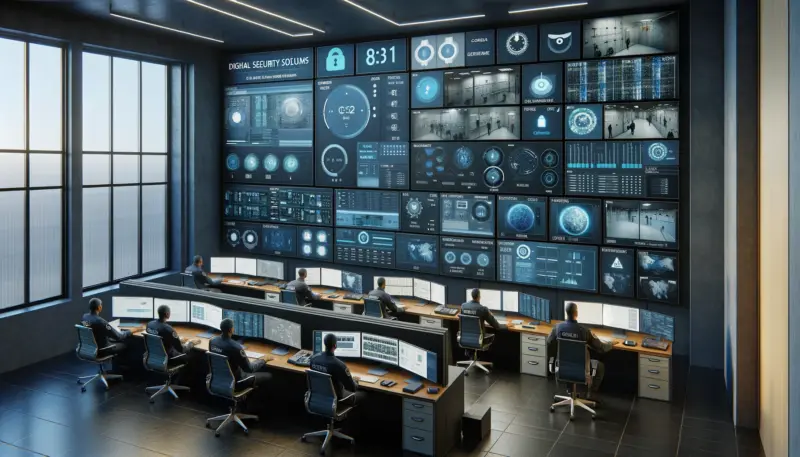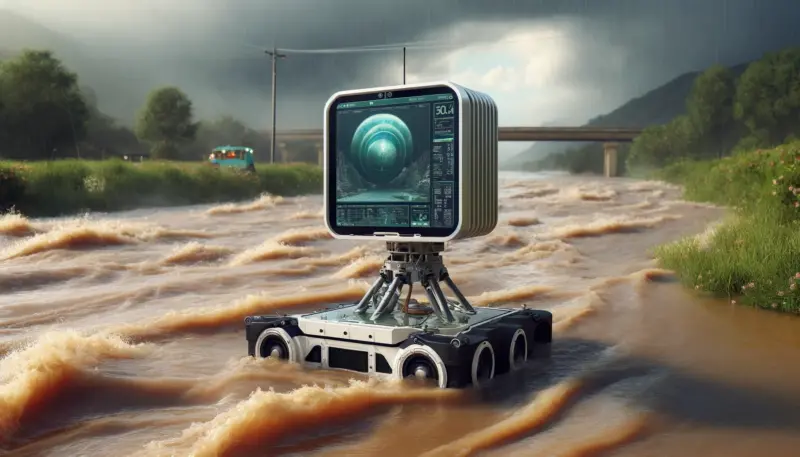Part 1: Quality Control in Delivery Only Ghost Kitchens Utilizing AI and Computer Vision
“There is a need to have a safe, predictable, and stable food supply chain,” Jain said. “Internet of Things, artificial intelligence, and data analytics can play a big role in creating these safe, predictable, and sustainable food supply chains.”
On this first part of a two-part episode of To the Edge and Beyond by Intel with Voice of B2B Daniel Litwin is Maria Meow, APAC Hospitality Vertical Marketing Manager for Intel’s Internet of Things Group, and Ankur Jain, Founder, and CEO of UdyogYantra Technologies, a company focused on bringing Industry 4.0 and its associated ecosystem of technologies to various industries, including the Restaurant industry.
When it comes to IoT, Meow has been at the intersection for over ten years at Intel. One thing she’s noticed is that as technology has evolved, so has knowledge. In her role she is regularly relying on IoT and computer vision to help improve food operations and to help ensure the trust and quality of food, which addresses a lot of consumer concerns.
With population is expected to increase globally by 10 billion in 2050, this creates a demand for creative food solutions, according to Jain. “There is a need to have a safe, predictable, and stable food supply chain,” Jain said. “Internet of Things, artificial intelligence, and data analytics can play a big role in creating these safe, predictable, and sustainable food supply chains.”
Intel technology is at the forefront of these IoT innovations, powering AI, computer vision and analytics solutions like UdyogYantra’s to address these concerns for both consumers and restaurant brands.
The wheels of ghost kitchens were already in motion before COVID-19. But, their viability increased during the pandemic, as restaurants pivoted to meet consumer demand for BOPIS and third-party delivery. Now that things have settled a bit, restaurants are still sticking with some or all of the models developed during the pandemic.
“Digital transformations have been accelerated ever since the pandemic began and have pivoted to delivery, pick up and drive through,” Meow said. “Digitally transformed brands will reap the benefits.”
Subscribe to this channel on Apple Podcasts, Spotify, or Google Podcasts to hear more from the Intel Internet of Things Group.



